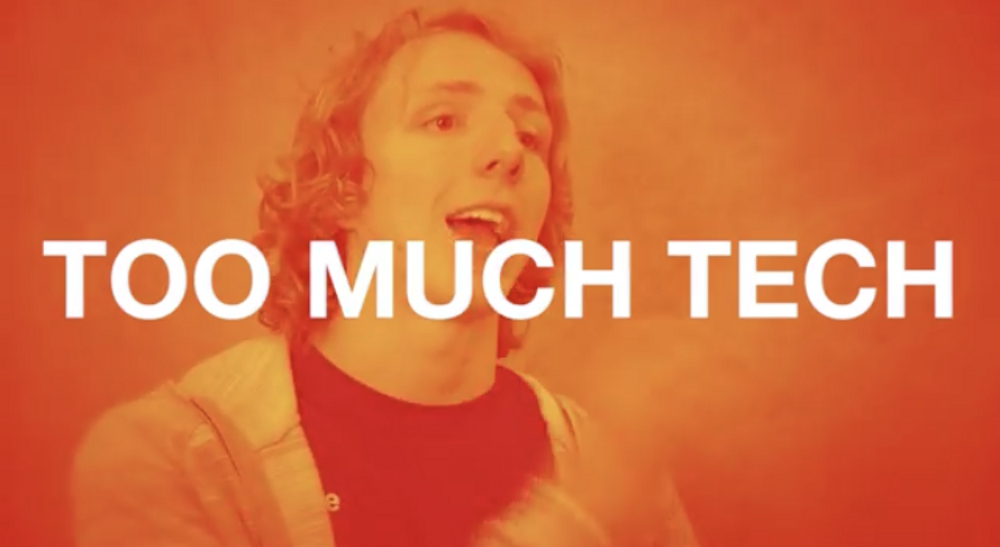
Welcome to the first post in the Near Future Teaching project video blog mini-series. Teaching Matters will be publishing one post every Wednesday throughout June and July. The first two videos in this post deal with flip sides of the same coin: the role and on-going importance of humans in teaching, and the idea that sometimes there can just be too much technology.
Humans
We have to retain the fact that people are not email addresses or Skype handles…we must try and retain a humanity
A clear theme emerging throughout the project was the continued, perhaps increased, importance of the role of human interaction in learning. Social learning pervades the commentary from students and staff, with strong arguments for teaching being about conversation and the connection between people. Our community sees learning as being about “how ideas spark…in the exchange between people”, as one Masters student, Claire, describes it.
This video emphasises the role that teachers will continue to play in the future of digital education at the University of Edinburgh, as Ana, a PhD student, intimates:
I would hope that 30, 40, 100 years from now teachers are still as valued as they are now or they have always historically been. Because I think it’s one of the greatest strengths in this university.
Many hope for a future where the teacher invigorates learning through engaged, responsive, creative pedagogies, which work against the idea that education is primarily a financial contract between teacher and learner.
Too Much Tech

In the next video, the technology that increasingly shapes teaching and learning at the university is called to account. Several students and staff members suggest we need to avoid the use of technology as an end in itself, but to understand how it makes teaching better. As one student, Ethan, says:
It’s like if you have a movie, and there’s a big action sequence, where many things explode. But at the end of the action sequence you just sort of think, who was even fighting? …like where there’s just something that’s there, just for frills and explosions. That can happen too with technology in the teaching field.
Our community suggests that to maintain physical and mental health in the face of technological saturation we need to be able to unplug: “If you just are on 24/7, it will eat into you”, remarks Simon, a staff member. Furthermore, their is an expressed hope that future use of digital education will be built on creativity and appropriate pedagogical need.
The themes emerging from these two videos suggest a future at the university that bolsters a kind of human contact which may well be defined digitally but is always real.

